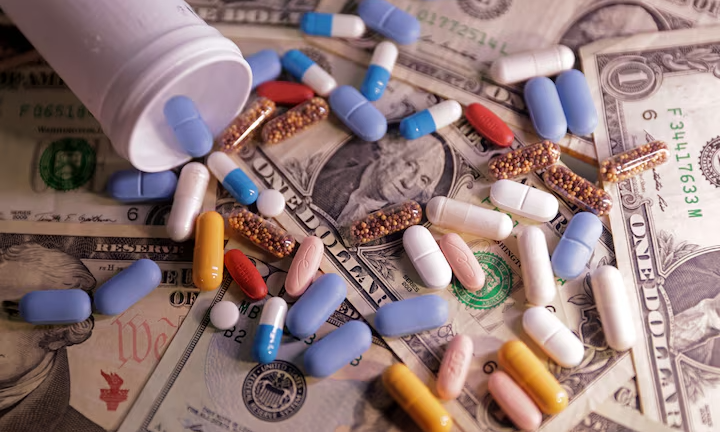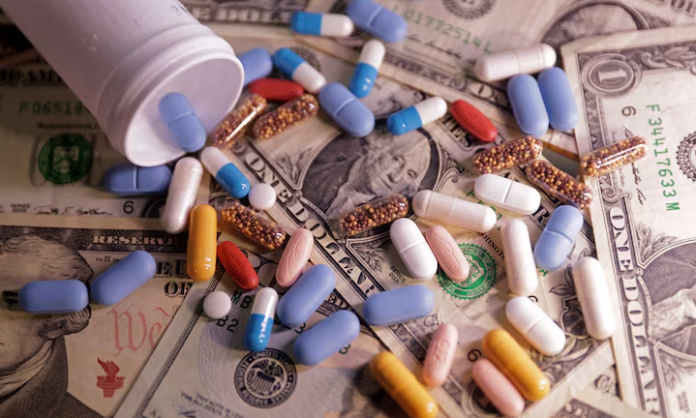Amid growing financial strain on governments and the United States’ recent decision to exit the World Health Organization (WHO), global health organizations are ramping up efforts to secure more funding from private donors.
The Global Fund to Fight AIDS, Tuberculosis, and Malaria has announced plans to increase its private sector contributions by nearly 50%, signaling an urgent push to bridge potential funding gaps.
The Shift Towards Private Funding
The Global Fund, one of the largest international health organizations, plans to request $2 billion from philanthropic organizations and corporations in its upcoming funding cycle for 2027-2029. This marks a significant jump from the $1.3 billion secured during its last funding round, which raised $15.7 billion overall.
Executive Director Peter Sands revealed that the strategy to engage more private donors was already in motion before the U.S. election. However, the recent global fiscal challenges—compounded by conflicts, climate change, and slowing economies—have amplified the urgency.
“We are raising the bar on what we want to achieve with private sector donors,” Sands said, emphasizing the critical role these contributions play in advancing global health initiatives. Major donors in the previous cycle included the Gates Foundation, Anglo American, and Takeda Pharmaceutical.
U.S. Withdrawal From WHO Sparks Concern
The U.S. has historically been the Global Fund’s largest donor, pledging $6 billion in the last funding cycle. However, President Trump’s swift decision to withdraw the U.S. from the WHO and freeze international aid has sent shockwaves through the global health community.
Sands highlighted the United States’ invaluable contributions to global health over the years, stating, “We need to keep the focus on the human impact, particularly on the health of the poorest and most marginalized.”
While the Global Fund provides direct grants to combat diseases in affected regions, the WHO focuses on global coordination, epidemic containment, and promoting universal healthcare. The loss of U.S. support has intensified calls for alternative funding sources to sustain these vital programs.

Gavi’s Call for Diversification
Similarly, Gavi, the Vaccine Alliance, is seeking $9 billion to continue its mission of immunizing children in the world’s poorest countries. Gavi, also heavily reliant on government contributions, has expressed concerns about missing its funding targets due to economic slowdowns, wars, and shifting donor priorities.
To address these challenges, Gavi plans to establish a private sector investors group this year, diversifying its funding streams and reducing its dependency on government donations. Key donors to Gavi include the U.S., the UK, and the Gates Foundation.
Looking Ahead
Both the Global Fund and Gavi recognize the importance of private sector partnerships in maintaining momentum in global health initiatives. As governments face mounting financial pressure, the role of private philanthropy and corporate contributions will become increasingly critical.
The health of millions worldwide, particularly in marginalized communities, hinges on the success of these funding efforts. While challenges remain, the global health community’s resilience and adaptability could pave the way for a sustainable future.



